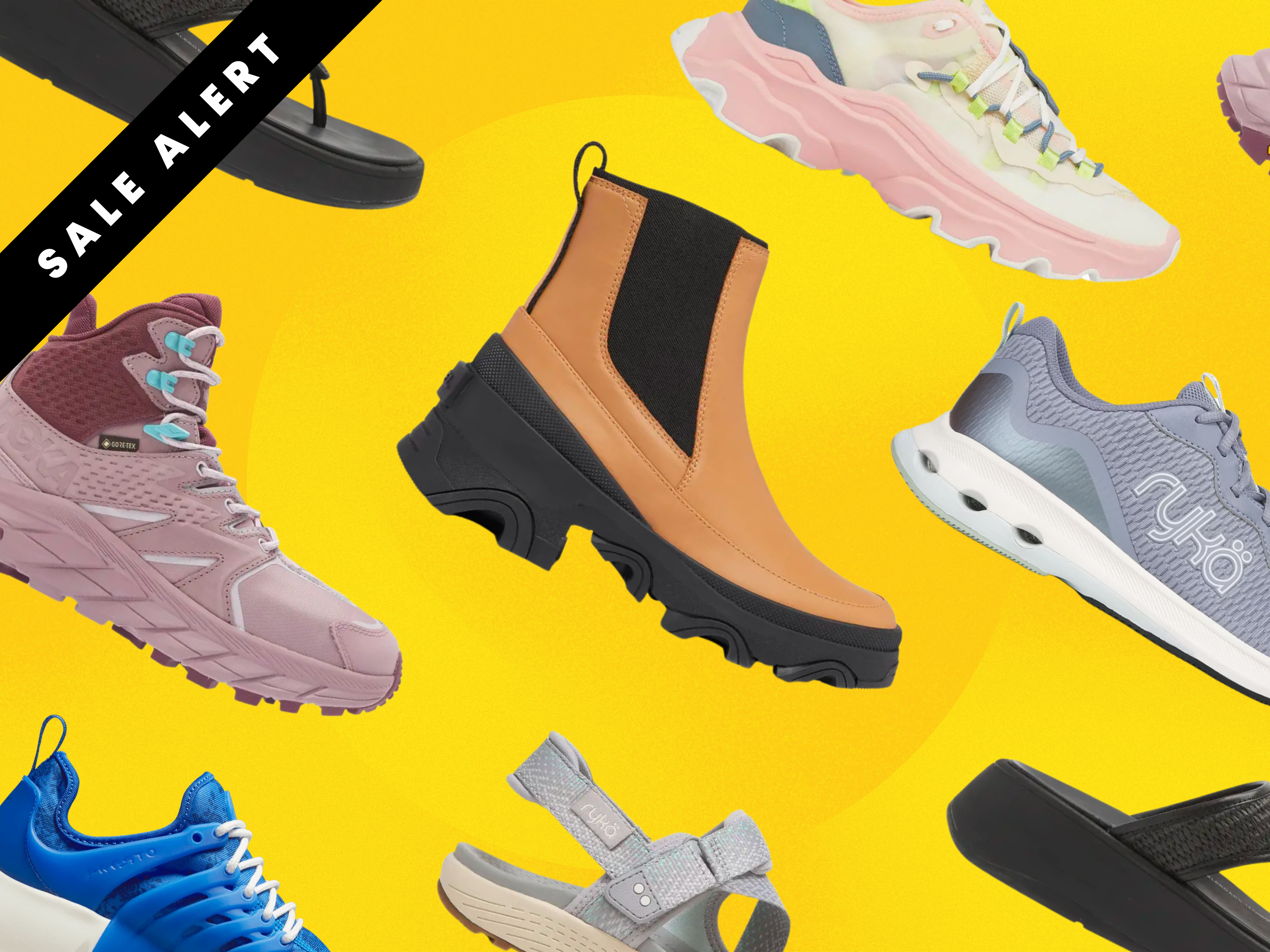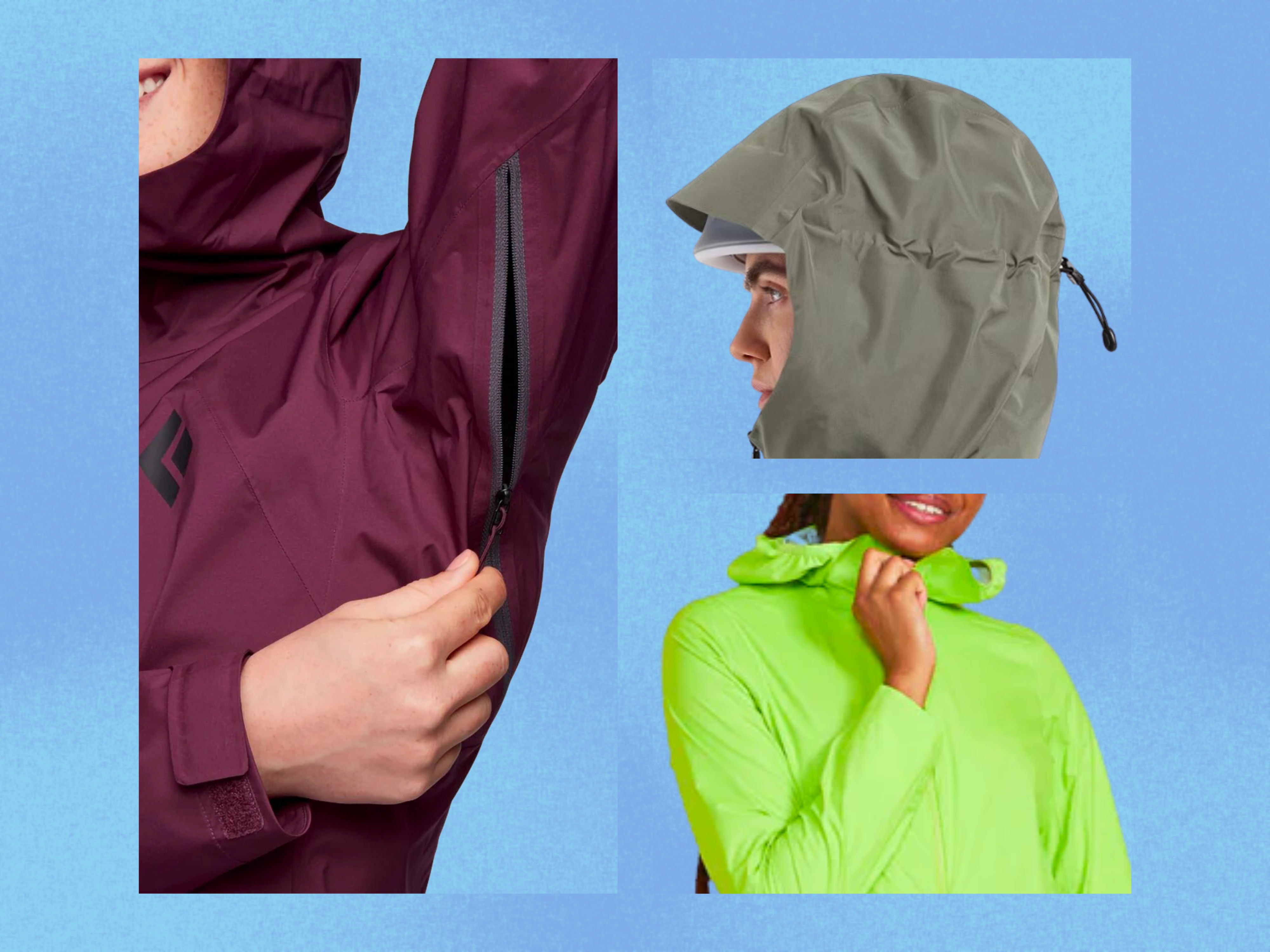
The language we use is important and has consequences. Adjusting our language (or being aware of the impact of language) is a way we can reduce harm as individuals on an on-going basis. By being aware of how the word choices we make and whether there’s room for improvement, we really can make the beauty space more inclusive, respectful, and kinder.
Let’s Use Specific Descriptions
Is there any product that’s universally loved? Any? Regardless of product category, price point, color, texture, or whatever, not everything works for everybody and that’s literally the point of having a billion brands and products released every year — something for everyone. There are several examples of the language used under the guise of one-size-fits-all that need to change.
Nude is a concept, not a color.
The color of what is “nude” depends on who it is being applied to, and it really is a “me but better” kind of concept. It’s the natural flush your skin makes when you blush, it’s your natural lip color but better, it’s your skin tone but more defined (through playing with light and dark). A lot of brands use the word “nude” to describe something that is a shade of beige. This is also done with words like flesh and skin.
It is infinitely more useful to describe something like, “This is my favorite nude [product type] on my [insert skin tone/coloring] because it enhances [color/undertone].” For me: This is my favorite nude lipstick on my light/light-medium, neutral-to-warm skin tone because it enhances the rosy undertones of my lips. I’m so bothered by the word nude that I would rather say “my favorite lips-but-better lipstick is” than “my favorite nude is,” though.
Examples:
(Links go to product reviews, I’ve consciously not linked to any retailer in this post.)
- Anastasia Nude Matte Lipstick (“muted burnt orange”)
- beautyblender nude (beige sponge)
- Bobbi Brown Bare Art Stick (“flesh tone nude”)
- Charlotte Tilbury Iconic Nude Lip Pencil (it is rosy pink)
- ColourPop Island Time Lippie Tint (“sheer pinky nude”)
- Giorgio Armani Nude Smoke Eye Tint (“sand nude”)
- Hourglass Brilliant Nude Blush (“deep amber”)
- Hourglass Nude Vanish Foundation Stick (“light-medium, neutral undertone”)
- MAC Creme d’Nude Lipstick (“pale muted peach beige”)
- MAC Kid Eyeshadow (“fleshy nude”)
- MAC Painterly Paint Pot (“nude beige”) — all other shades are color descriptions
- MAC Showing Skin Lipglass (“light greyed pale nude”)
- Make Up For Ever Flesh Liquid Lipstick (“very light, cool, pinky beige”)
- Marc Jacobs Beauty Fantascene Palette — includes Flesh (which is a light pink-beige); palette described as “sensual nudes and shimmering pops”)
- Marc Jacobs Beauty Nude(ist) Fineliner (“peachy beige”)
- Marc Jacobs Beauty Skin Deep Lip Lacquer (“opaque taupe-mauve” — it is beige)
- NARS Belle du Jour Lipstick (“sheer nude beige”)
- Natasha Denona Nude Mini Palette — includes Golden Flesh (“metallic gold”) / Harlow (“matte nude,” which is a light-medium, yellowy- taupe)
- Natasha Denona Star Palette — includes Flesh (“matte warm nude transition”), Polaris (“sheer golden nude”), Bellatrix (“metallic nude”), Atik (“matte medium transition nude”)
- Sephora Nude Blush Lip Stain (it is pink-beige)
- Sephora Warm Nude Lip Stain (it is peach)
- Tom Ford Flesh Matte Lipstick (it is beige)
- Tom Ford Nude Ivory Foundation Stick (light shade — 1.3)
- Too Faced Nude Born This Way Foundation (“very light with rosy undertones”)
Some of the brands above have more inclusive shade ranges in their foundation or concealer products, but even within those ranges, sometimes they still use Nude as if it is an actual color. Is the word “nude” really descriptive of a specific color or undertone or depth? Would it not be better to describe it as “light beige, pink undertones” or “pale pink, neutral undertones” or “mid-tone brown, pink undertones” — would those descriptions not be more useful for everyone anyway?
A lot of times brands will be more descriptive for shades that might be “nude” in concept — NARS Belle du Jour is listed as “sheer nude beige,” but shades like Rosecliff (“satin soft rose”), Pigalle (“matte neutral pink chocolate”), Pour Tojours (“matte warm pink”), Tonka (“matte rose brown”) all get clearer descriptions but don’t use the word “nude.”
Some brands seem like they are trying to expand on what “nude” means, like Natasha Denona’s “I Need a Nude” Lipstick, which has 18 shades, or Pat McGrath having Flesh 3 / Flesh 5 under “Nudes” (along with several other shades) and neither are light beige. Huda Beauty released three versions of their Nude Obsessions Palettes (Light, Medium, Rich).
Honestly, as customers, we would be so much better served by brands who were specific in their color descriptions across products. There are a lot of brands that use all sorts of names that indicate nothing about the color and don’t even bother to provide descriptions of colors, undertones, and/or finishes. Which is more useful to you as a consumer?
Description #1: Giggly Bot
or
Description #2: Giggly Bot, a light-medium green with muted, olive undertones, metallic finish.
Similarly, if you talk about products you love, whether as passing comments on forums or social media, or write reviews, whether on your own space or on a retailer, being more specific about how a color looks to you, on you, and what your characteristics are (that are relevant to that product type) goes a long way to making your recommendation/review have more value.
Universal? Far From It
The more aware you are of how different formulas, finishes, and colors work across skin tones, the more obvious it becomes that “universal” shouldn’t be used… but especially in context of color cosmetics. Not only is it more useful to be descriptive and say, “This shade is so flattering on my [insert your skin tone, undertone, coloring details here] because it [does whatever]” than “This universal bronzer adds warmth to all skin tones!”
Hourglass Ambient Lighting Palettes are loved by a lot, but they have routinely been harder-to-use or have completely left deeper skin tones out of it. The original trio is described as “three universal shades,” when I know readers have mentioned this is not the case. Charlotte Tilbury Filmstar Bronze/Glow originally came in one shade (probably not bronzing on anyone beyond medium) and described it as universal (it’s still described this way but now has a second duo available).
I’ll give you this: something that’s clear–colorless–like a lip balm could have greater mass appeal and wearability regardless of skin tone (but it’s not going to work well universally!).
Not Everything is For You
If there’s one thing I’ve tried to really, really build and enforce in my community is a respect for each person’s individual preferences. A lot of the products covered here are from mainstream brands, who likely dump tons of money into figuring out what their demographic will purchase, so when a color gets released, they had someone in mind who wanted it.
It’s important that when making commentary about a product, especially when it’s in regards to its color, to speak in a way that clearly gives it as a personal opinion on that color on you. When someone says something like, “Who would wear this?” it puts boundaries on what is or isn’t acceptable, what is or isn’t the “norm.” It implies that there’s something wrong with those who would wear it.
This often occurs when a highlighter is released in a shade more geared toward deeper skin tones, say in a copper, and you might see a flood of comments like “how is that a highlighter?” It is a highlighter… just not for you. You might approach it from a different perspective going forward: “It would be too dark for me, but it has a gorgeous finish!” or “I love the color, but I’d use it as a shimmery blush!” or you might refrain from commenting since it’s just not a product for you (it doesn’t need to be!).
This also applies to your preferences. Share your preferences without casting judgment on other people’s preferences. If you don’t like blue eyeshadow, then that new blue eyeshadow palette isn’t for you, and that’s okay, but it doesn’t mean that someone who wears it is wrong/different for loving it. Saying “That’s only for Halloween” or “That’s clown makeup” are typical expressions whenever a color is released that is nontraditional. Again, center your opinion of a color to yourself: “That color wouldn’t work for me!” or “I don’t know how I would use that in my routine!” or–I know it is hard sometimes–you don’t have to participate in that conversation.
(Seriously, have you ever seen how mocked 1-star reviews are when they effectively say “wrong shade, one star”?)
Need for Gender Neutral Language
The continued, prevalent use of female pronouns in beauty is dangerous and doesn’t acknowledge the diversity of the community. This ranges from the assumption that people in the community are all female to how retailers divide the beauty category into male and female product categories, which is first and foremost, not acknowledging the full spectrum of gender identity but also supports the idea of makeup is for women, not for men.
If you go to Nordstrom, Beauty is a separate section, but “men” remains a section and under “men” you’ll find select beauty product types; if you browse sale products, “beauty” shows up under “Women.” If you go to Sephora, there’s a “Men” section, which only includes fragrance, skincare, shaving, hair, etc. products. Beautylish is pretty much all-beauty, and they only segment by gender under “Fragrance.” Some beauty brands’ direct shopping sites don’t categorize under gender, like Bite Beauty and MAC, but some do, like Clinique.
I became much more aware of this when I had a male reader reach out and said he felt included for the first time because I used “they” instead of female pronouns, and he appreciated that he was just included. This was many years ago, and it has stayed with me, and as I’ve learned more about gender identity in the last few years, trying to ensure I use gender-neutral language is something I try to be more and more aware of.
Let’s Learn Together
These are some of the ways I’ve changed my language over time. “Nude” is probably the hill I will die on when it comes to language used in beauty. I try to use the term “beauty enthusiasts” over “beauty addicts” as I don’t want to encourage shopping addictions or rampant consumerism. I also try to be very aware of when I say “need” over “want” for similar reasons. I’m not a huge fan of the term “wearable” because I feel like it isn’t a neutral descriptor, so I’ve been using “nontraditional,” though I’m not fully satisfied with that either.
What are some ways language in beauty could be improved? I’d love to learn from readers as well!

How the Language of Beauty Needs to Change

How the Language of Beauty Needs to Change





